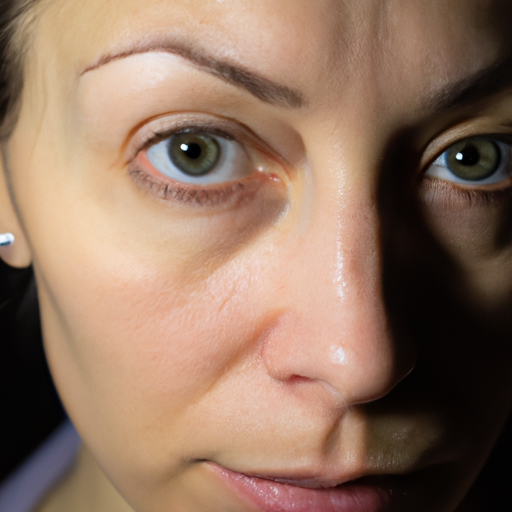As a dermatologist, I have witnessed the relentless pursuit of the proverbial “Fountain of Youth” by countless patients seeking to slow down the ticking clock of aging. The desire to maintain a youthful appearance is not a new phenomenon, but the advancements in anti-aging treatments have made this quest more attainable than ever before.
Aging is an inevitable part of life, characterized by the gradual loss of skin elasticity, the appearance of wrinkles, and changes in pigmentation. These changes are primarily driven by intrinsic factors such as genetics and extrinsic factors like sun exposure and lifestyle habits. However, the field of dermatology has developed an array of anti-aging treatments that can significantly mitigate these effects.
One of the most popular anti-aging treatments is the use of topical retinoids. These vitamin A derivatives have been scientifically proven to stimulate collagen production, reduce fine lines and wrinkles, and improve skin texture. Retinoids also aid in cell turnover, helping to unclog pores and reduce acne, making them a powerful tool in both anti-aging and acne treatment.
Another effective treatment is chemical peels. These procedures involve the application of a chemical solution to the skin, causing it to exfoliate and eventually peel off, revealing smoother and less wrinkled skin beneath. Chemical peels range from mild to deep, depending on the severity of the skin issues being addressed.
Laser resurfacing is another innovative anti-aging treatment. This procedure uses focused light technology to remove damaged skin layer by layer. The body’s natural healing process then stimulates the growth of new collagen fibers, resulting in firmer and smoother skin.
Injectables such as Botox and dermal fillers have also gained popularity in recent years. Botox works by blocking nerve signals in the muscles where it is injected, reducing muscle activity that causes lines and wrinkles. Dermal fillers, on the other hand, are used to restore lost volume in the face, smooth wrinkles, and enhance facial contours.
Additionally, advancements in technology have led to the development of non-invasive treatments such as radiofrequency (RF) and ultrasound therapies. These treatments work by delivering energy to deeper layers of the skin, stimulating collagen and elastin production, and promoting cell turnover, all of which result in a more youthful appearance.
While these treatments can significantly slow down the aging process, it is crucial to remember that maintaining a healthy lifestyle is equally important. Regular exercise, a balanced diet, adequate sleep, and sun protection are fundamental aspects of skin health that can complement and enhance the effects of anti-aging treatments.
Moreover, it is essential to consult with a board-certified dermatologist before starting any anti-aging treatment. Each person’s skin is unique, and what works for one may not work for another. A dermatologist can assess your skin’s condition, discuss your goals and concerns, and recommend the most appropriate treatment plan for you.
In conclusion, while the elusive “Fountain of Youth” may be a myth, modern dermatology has provided us with an array of effective anti-aging treatments. These treatments, combined with a healthy lifestyle, can help us age gracefully and maintain our youthful glow for many years to come.



